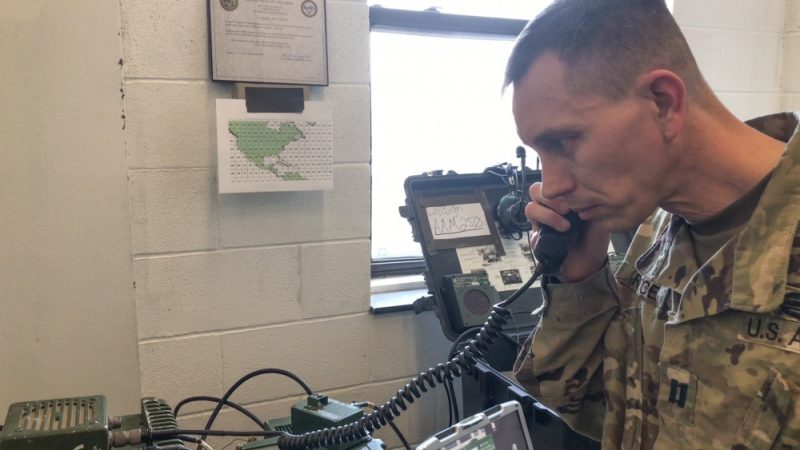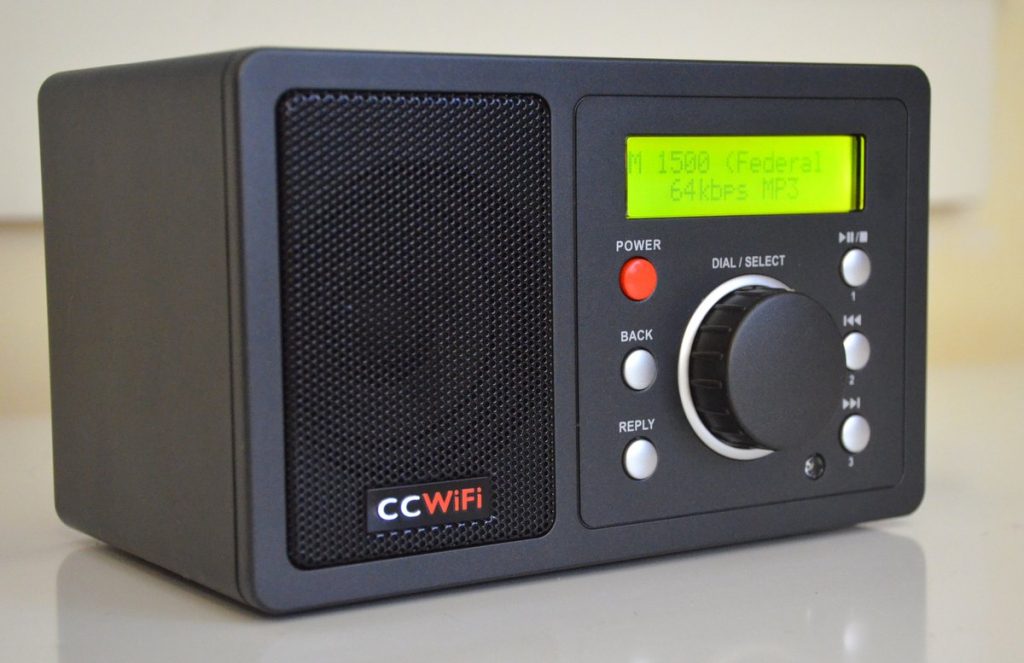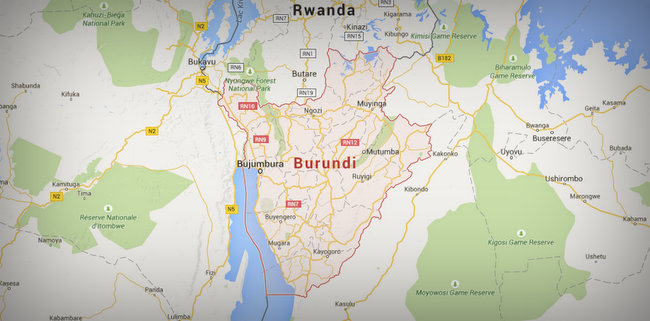(Source: SNIPER IN MAHWAH & FRIENDS)
After my first few public posts about shortwave trading, I gradually realized that I’d inadvertently created a worldwide network of deputy antenna sleuths. This is the final post in the Shortwave Trading series since the terms of my forthcoming employment agreement will prohibit me from future public talk on the technology of trading. I want to leave behind details on some of the research tools and techniques I’ve used. This is how the sausage is made.
I’ll also leave a list of locations that may be worth watching. Some may be near you. Even if I can’t talk about what’s found in the future, maybe you can? The comments below might be a good place to document new findings until there’s a better place offered.
In addition, following sections will set out the criteria I’ve used to assess the confidence that a shortwave trading site has been found, give example FCC searches, list links to web-based research tools I’ve found useful, give some tips on research techniques, and acknowledge the many people behind the scenes who’ve contributed to this work.
Plausibility Criteria
If you find something that looks like a shortwave trading site, how confident can you be that you’ve found the real thing and not a landing beacon for body-snatching space aliens? Since a shortwave trading site exists to link a local market to a remote market, I can think of two things that set a minimum bar for plausibility:
- Visual evidence of a shortwave antenna with a heading toward a remote market. Previous posts in this series have shown many shortwave antennas you can use as models of what to expect. Examples have included headings around 50º from Chicago which cover Europe.
- A path for connectivity to a local market. Visual evidence of this can be a microwave dish pointed in the direction of a local market.[…]




